What does a Home Inspection include?
Here’s a breakdown of the different systems and areas for a residential home inspection in Melbourne, FL and throughout Brevard County:
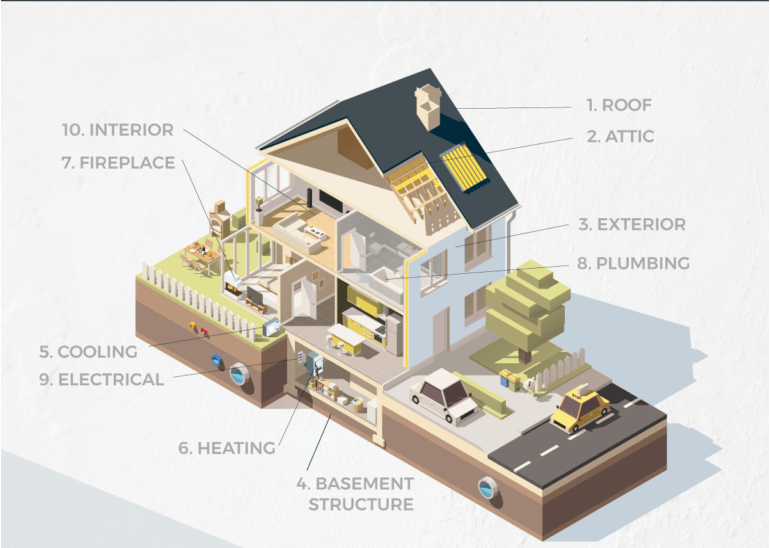
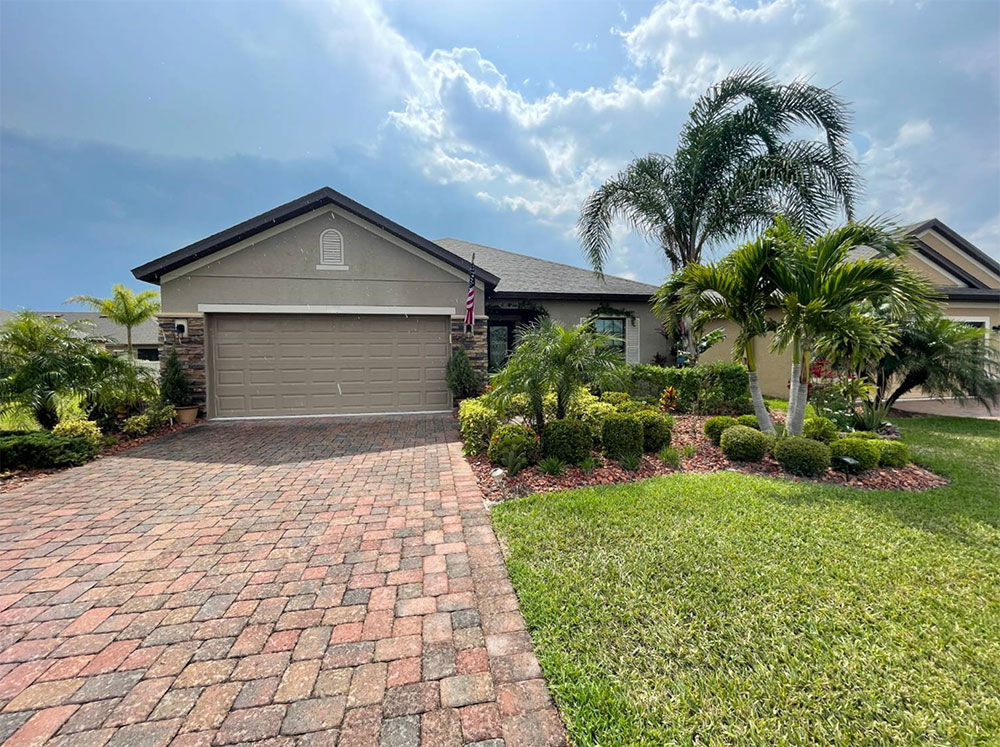
When it comes to buying a property in Florida, it’s easy to get caught up in the excitement of the moment and overlook potential issues that may be lurking just beneath the surface. If you’ve ever bought a home without an inspection, you know the sinking feeling that comes with realizing your new abode has more issues than a reality TV show.
From faulty wiring to hidden water damage, countless problems can arise if a property isn’t thoroughly inspected before a transaction occurs.
According to research, there has been a surge of around 17.5% in the number of homebuyers who are requesting home inspections, indicating an increase in home inspections.
A home inspection is an examination of the condition of a home, conducted by a professional, licensed home inspector. It is typically performed when buying a home, and can also be conducted for other purposes such as after a natural disaster. The purpose of a home inspection is to identify any major defects or repair needs so that the buyer can make a wise decision about the property.
A home inspection includes a visual examination of the home’s structure, systems, and components. The inspector will look for any signs of damage or wear and tear, and will also test the home’s systems to ensure they are functioning correctly. A home inspection report will include a description of the condition of the home, as well as any recommendations for repairs or improvements.
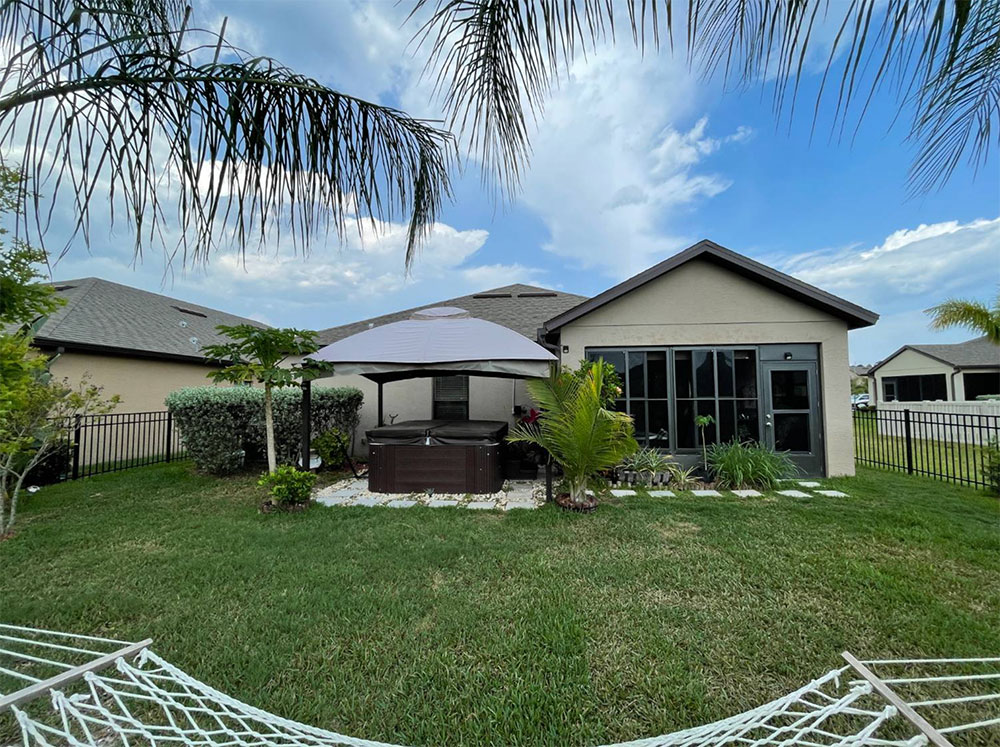
Here’s a breakdown of the different systems and areas for a residential home inspection in Melbourne, FL and throughout Brevard County:

The roof will be evaluated for any signs of damage, such as missing or broken shingles. The inspector will look for impressions on the roof which are a sign for water damage beneath the roof.
The attic, if accessible, will also be visually inspected for impairment or pest infestations. The inspector will evaluate the overall condition of the space and look for any signs of water damage.
The driveway and sidewalk will be examined for unevenness or large cracks. The inspector will also check that the gutters are functioning correctly, draining water away from the home. They will also note any damage or cracks to siding or stucco on the
exterior of the structure.
A thorough foundation inspection is essential as it supports the entire structure of the house. The inspector will look for any cracks or shifting in the foundation walls, which may indicate settlement or other structural problems. They will also check for any signs
of water damage or moisture intrusion, which can weaken the foundation.
In addition to the heating system, the inspector will evaluate the central air conditioning system. They’ll take a closer look at the condenser, compressor, and other components while assessing the system’s condition.
To start, the inspector will scrutinize the heating system’s performance and efficiency. This includes an examination of the furnace, boiler, and other heating components. They will assess the condition of the system and remain vigilant for any indications of malfunction.
If your home has a fireplace, the inspector will inspect the fireplace and chimney. They will also test the damper doors to ensure they are functional.
The inspector will evaluate the home’s plumbing, looking for leaks, assessing water pressure, and inspecting the pipes’ overall condition. They will inspect the water heater and notate the age.
The electrical panel, wiring, and outlets will be inspected to ensure everything is up to code and no hazards are present. They will also verify GFCI outlets are properly working.
The inspector will examine the windows and doors for any damage, including cracks, gaps, and rotting frames. They will test the operation of the windows and doors to ensure they open and close properly and securely. A home inspector will visually inspect the floors for any damage, such as cracks, stains, warping, or unevenness.
According to a report, before making a purchase, 36 percent of buyers require the seller to fix the home inspection issues. So if you’re in Florida looking to purchase a home, a crucial step to take is to schedule a professional home inspection. However, with Cypress Inspections, you can rest assured that the inspector will thoroughly evaluate all necessary aspects of the property to ensure that you’re making a sound investment
Here are four reasons why you need a home inspection.
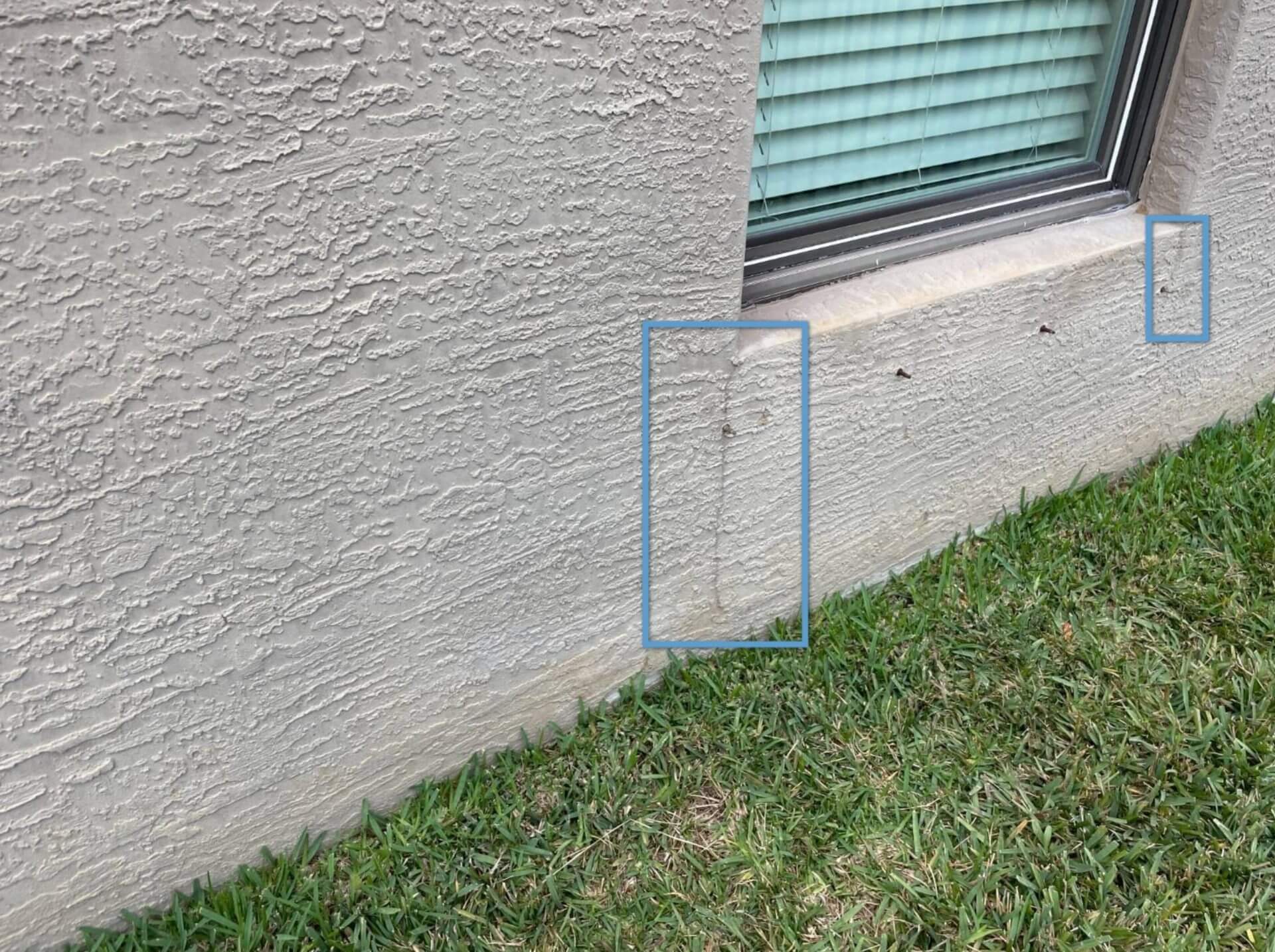
Once you have a home inspection, you will know the condition of the home you are buying. This can give you peace of mind and help you avoid any nasty surprises after you move in.
Your family’s safety should be your top priority when buying a home. A home inspection can identify any potential safety hazards, such as faulty electrical wiring or mold damage. These are problems that should be fixed before you move in.

A home inspection will give you all the information you need to make an informed decision about whether or not to buy a particular home. If you are looking for the best home inspection in Melbourne FL, Cypress Inspections is there to fulfill all your needs.
According to a report, home inspection has helped about 46% of buyers in negotiating leverage. If a home inspector finds problems with a home, you can use that information to negotiate with the seller. You may be able to get the seller to lower the price of the home, or you may be able to get the seller to fix the problems before you buy the home.

Learn more about these inspections and schedule your inspection today
The average cost ranges depending on the square feet, home features such as pool or garage. Visit our Pricing page to view the most up to date pricing.
Most buyers choose to get a home inspection when buying a home. It is the most robust, well rounded report offered. We include a 4 point inspection and wind mitigation with all home inspections, upon request.
The buyer pays for the home inspection. Usually this is paid for out of pocket and is not rolled into closing costs or the mortgage. This is because the home inspection is completed well before your closing date.
If you are buying the home, you will need to coordinate with your realtor and receive permission from the buyer, but this isn’t typical. Our inspection team usually inspect the home with either the seller or realtor present.
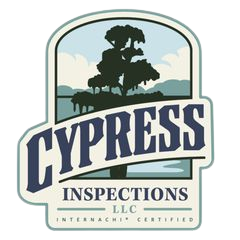
Cypress Inspections provides home inspections, wind mitigations, and 4 point inspections throughout Brevard County, including Melbourne, FL. Contact us to schedule your inspection today!
Copyright © 2024 All rights reserved.